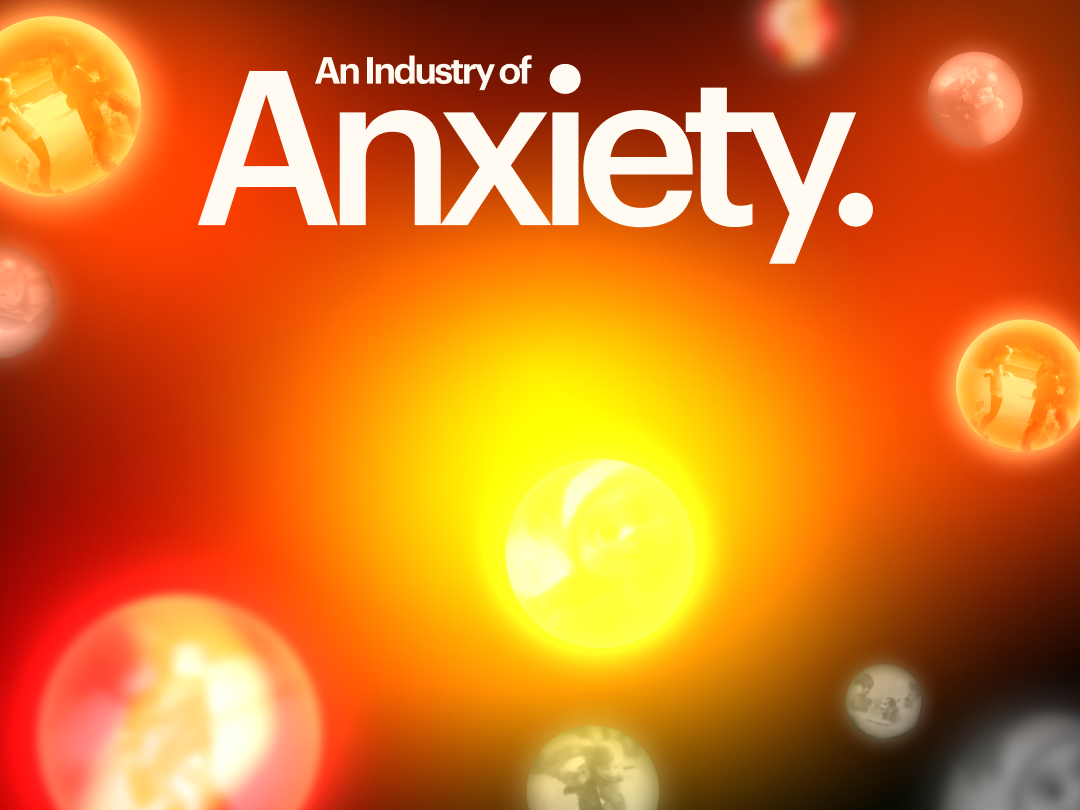Multi-Generational Creativity
June 4, 2025
At some point, we decided that "diverse teams" only meant gender, race, or role. But there’s another kind of diversity quietly shaping the best creative teams out there: age. The generational mash-up. Gen Z meets Millennials meets Gen X meets Boomers. A group chat or Slack channel full of timelines, work ethics, TikTok references, and font preferences. It can be messy, but it’s also magic.
This isn’t some utopian theory. It’s exactly how the world’s most creative companies actually work.
Look at Pixar. The studio behind Toy Story, Finding Nemo, and basically every animated film that made adults cry into their popcorn (hello Inside-Out). Their founding team wasn’t a youth cult. It was a perfect storm of fresh eyes and battle scars. John Lasseter, the creative Disney exile in his twenties, jammed with Ed Catmull and Alvy Ray Smith, both in their forties and already legends in computer science.
Lasseter pushed the creative envelope. Catmull and Smith engineered the systems that turned the ideas into reality. That mix? That’s why Pixar’s early films didn’t just succeed. They changed animation forever.
Now, take Google. Larry Page and Sergey Brin were two PhD students in their twenties, building a search engine in a dorm room. They had the ideas, but even they knew genius needs guardrails. So they brought in Eric Schmidt as CEO, a steady hand in his forties. He wasn’t there to “fit the culture.” He was there to challenge it, steady it, scale it. The result? Google became more than a smart idea. It became the backbone of the internet.
And then there’s Apple. Everyone remembers Jobs and Wozniak as kids in a garage, but the Macintosh team was a real generational melting pot. Steve Jobs in his twenties, Jef Raskin in his forties, Bill Atkinson in his thirties, plus a mix of old hands and bold upstarts.
The “pirate” culture people love to talk about was not just about rebellion. It was real creative friction between new thinking and the wisdom to actually deliver.
Skip to Figma, one of the biggest design breakthroughs in the last decade(a small studio's biggest love). Dylan Field might have been a twenty-something prodigy, but Figma didn’t win on youth alone. They deliberately recruited seasoned product managers and engineers from places like Adobe and Google.
The result? A platform that’s digitally native and unreasonably intuitive, but also sturdy and ready for enterprise. Figma proves that innovation comes from generational remix, not a monoculture.
Let’s be honest. It’s not always easy. Gen Z think in memes. Boomers think in systems. One group wants to collaborate on Figma. The other wants to talk on the phone or send actual text messages. But the friction is the point. That’s where the fire starts. That’s where the best ideas show up.
Gen Z think in memes. Boomers think in systems.
Younger creatives bring trend instincts, digital fluency, and unfiltered curiosity. They remix, disrupt, and just go for it. Seasoned creatives bring depth, wisdom, and the all-important calm under pressure. In the middle, Millennials keep the ship moving. They speak both Discord and “let’s schedule a call.” They’ve survived rebrands and come out the other side.
When these generations create together, something rare happens. Ideas sharpen. Blind spots shrink. The team gets both speed and perspective. Culture and context.
The team gets both speed and perspective. Culture and context.
But this only works if we stop trying to flatten everyone into one uniform “culture fit.” Let the twenty-three-year-old show the fifty-two-year-old how to edit a Reel. Let the forty-something show the twenty-something how to read a brief with a highlighter. Cross-pollinate the chaos.
Here at a small studio, we don’t care how old you are. We care if you bring your gifts. If you’re curious. If you believe in doing meaningful work with other brilliant humans. The future isn’t young. It isn’t old. It’s built by both. Together.
Peace.


